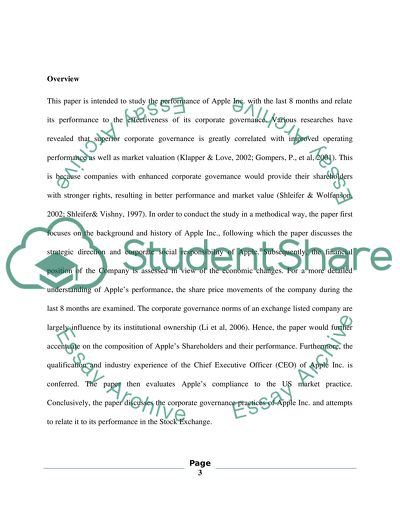Cite this document
(“Corporate Governance and Finance Essay Example | Topics and Well Written Essays - 3000 words”, n.d.)
Retrieved from https://studentshare.org/marketing/1397927-corporate-governance-and-finance
Retrieved from https://studentshare.org/marketing/1397927-corporate-governance-and-finance
(Corporate Governance and Finance Essay Example | Topics and Well Written Essays - 3000 Words)
https://studentshare.org/marketing/1397927-corporate-governance-and-finance.
https://studentshare.org/marketing/1397927-corporate-governance-and-finance.
“Corporate Governance and Finance Essay Example | Topics and Well Written Essays - 3000 Words”, n.d. https://studentshare.org/marketing/1397927-corporate-governance-and-finance.


